Starting a SaaS business nowadays seems easier, with plenty of no-code platforms and strong communities for the support online. All it takes is a good idea and some funds to put it all together. But you may be forgetting the most important part - product research.
To find out if your idea can be successful, you must not forget about your product: how it solves your customers’ pain points and whether they find it useful or not. Product research is an ongoing process, and no matter how big or successful you get, you should always strive to make improvements.
Besides painstakingly long customer interviews, some better ways to do product research. Here are some tools that can make product research quick and easy so you can deliver more value for your customers.
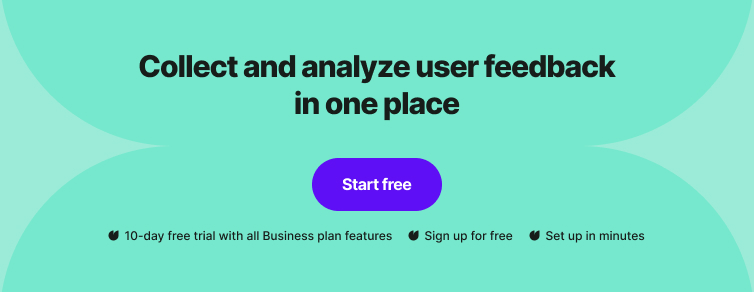
Survicate
The best way to find out what customers think about your product? Just ask them.
It sounds simple, and with Survicate, it is simple. Our survey software lets you communicate with your customers and collect valuable feedback through many survey types, including the most popular such as NPS, CSAT, and CES. Or surveys that help you build successful product roadmap, like our Requests for new features survey template below:
Survicate can be embedded on your website or in your product, or you can choose to send surveys through emails. The essence is the same - you select a survey type by grabbing a survey template and asking the questions you need to refine your product.
The great thing about surveys is that you can use them for various stages in the sales funnel. For example, you can do a market research survey before launching a product, a CES survey to see if it’s easy to sign up, an NPS survey to gauge your customers’ attitude towards you, and more.
As you’ll read in a minute, Survicate integrates with all your favorite software, including email marketing tools, CRMs, live chat tools, and many others.
There is a 10-day free trial with all Business plan features and up to 25 survey responses. Paid plans start at $117 per month.
Sounds like something your product could use? Sign up for your free trial today!
Fullstory
The biggest issue with feedback is getting feedback from your customers. They won’t complain to you unless they’re happy. This makes things difficult.
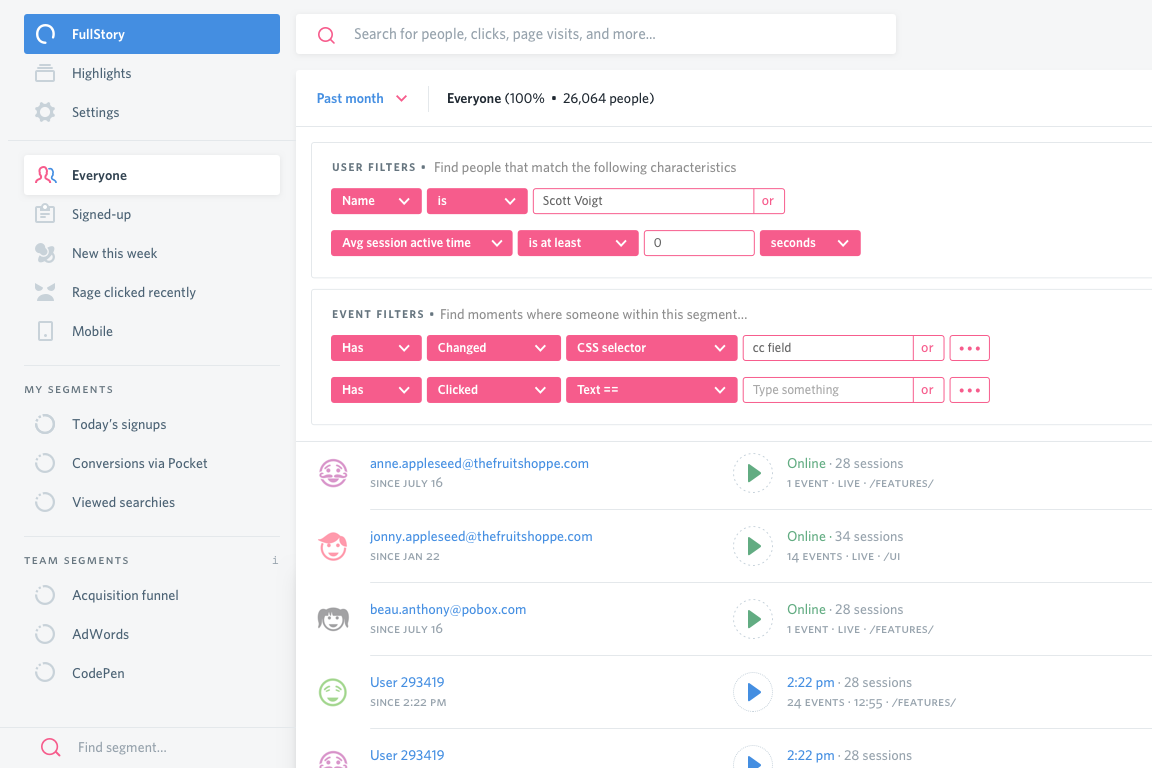
Fullstory allows collecting feedback without actually asking customers to tell you anything. The first way to do so is by tracking user session recordings.
With Fullstory, you can get session recordings from individual website visitors on your landing pages or within your product. You can use these insights to determine any problems with your UI or UX and to see your customers' paths to get to a certain feature.
That’s one part of the story (pun intended), and the other is the heatmaps. Using this feature, you can analyze the performance of individual pages to see where users spend the most time and which parts they steer clear from.
Suppose you’re wondering about pricing - tough luck because Fullstory does not list any prices on their website. There are two plans; the only way to learn more about each is to sign up for a product demo. A free 14-day trial is available.
Intercom
It’s hard not to be aware of Intercom, the biggest player in the customer communication market. And despite their increasingly high prices, Intercom delivers an amazing product that they now call the “engagement OS.”
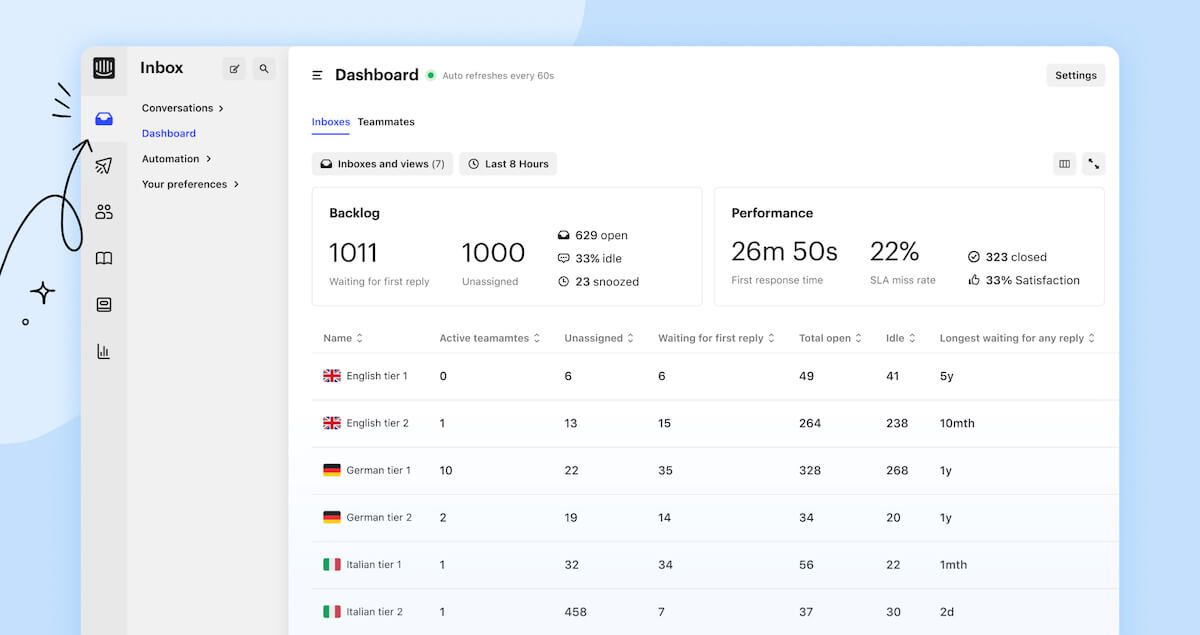
In short, Intercom is an omnichannel communication system that lets your entire team get in touch with your customers. Whether through emails, social media chats, live chat, in-product messages, or something else, all your customer communications go through one main channel for marketing, sales, and customer support.
This is good enough, but Intercom's amazing wealth of integrations for product research stand out. For example, you can integrate Survicate surveys in your Intercom live chat to collect feedback immediately from your product or website. All the information goes straight into your Intercom records.
The pricing plans are not disclosed for larger companies, but you can get a Starter plan for as little as $74 per month, which is a huge value. Beware, though, as pricing scales up as you add new users.
If you want to combine Intercom with the power of surveys, you’ll love our Survicate integration with Intercom.
Trello
Before project management tools became all the rage, Trello was the king of tasks and projects. And even today, when more elaborate solutions like ClickUp exist, Trello is one of the easiest and most intuitive ways to manage projects.
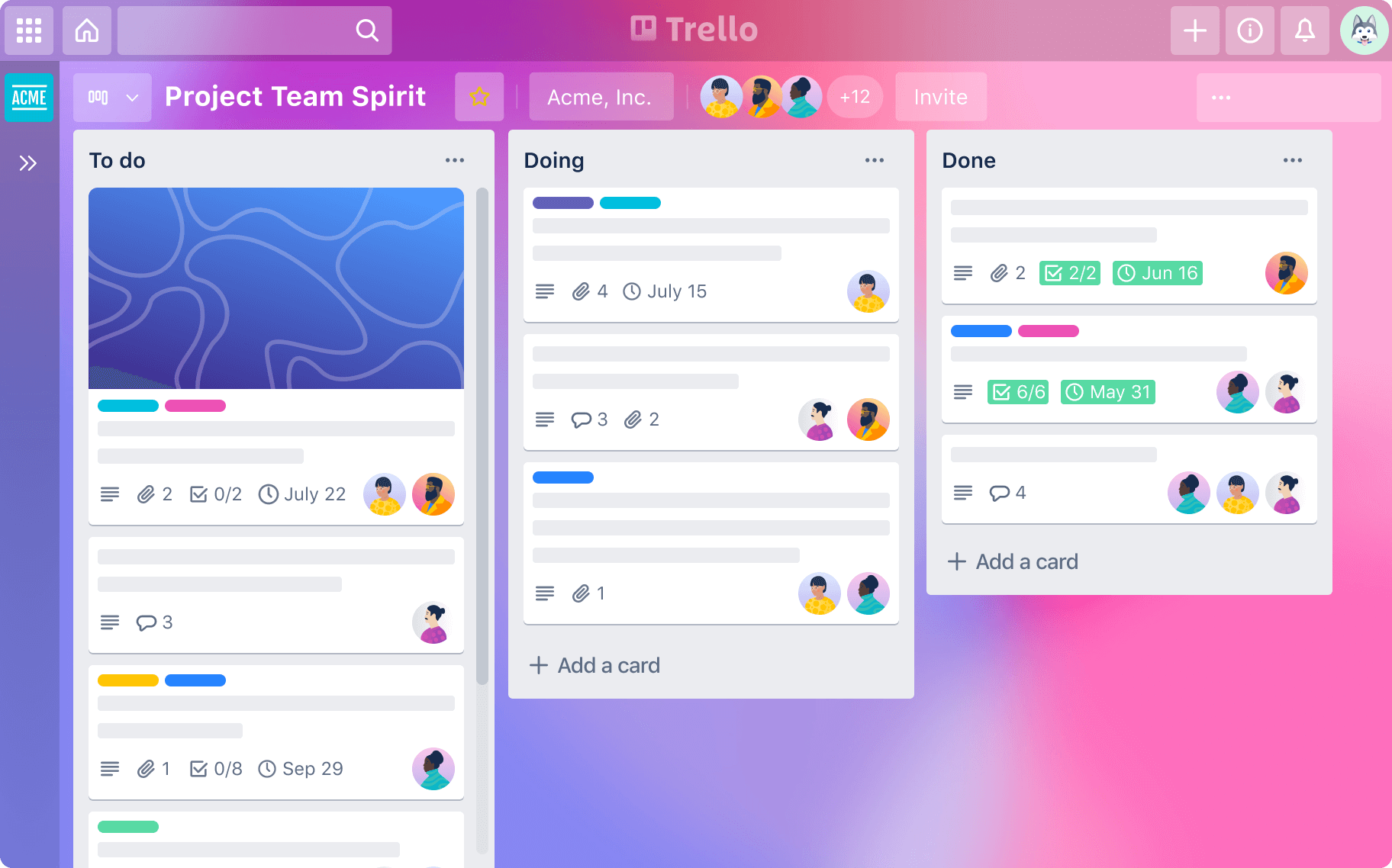
It has a great feature for roadmaps where you can use Trello boards and cards as a roadmap for future product changes - new features or bug fixes. If you’re collecting feedback, it needs to be managed and organized in one spot, and Trello is a great fit for this.
How do you go about this? Well, you could add new cards and comments manually, or you could connect Survicate and Trello. For each new survey answer, you can trigger an action in Trello, such as a new comment or a card, so all of your feedback from Survicate is neatly ordered and in one place.
Trello is pretty affordable, as you can get the cheapest plan for as little as $5 per user per month. This gives you access to unlimited boards and unlimited storage space, which is a tough offer to beat.
A free plan limits you to 10 boards and unlimited files up to 10MB per file. And realistically speaking, the free plan should be more than enough for your basic product research needs.
Productboard
If you’ve done any research on product management before, you’ve heard of Productboard, as it is one of the oldest and most popular tools in this space. Aimed at bigger companies and enterprise audiences, its main use is to collect, manage and organize product feedback.
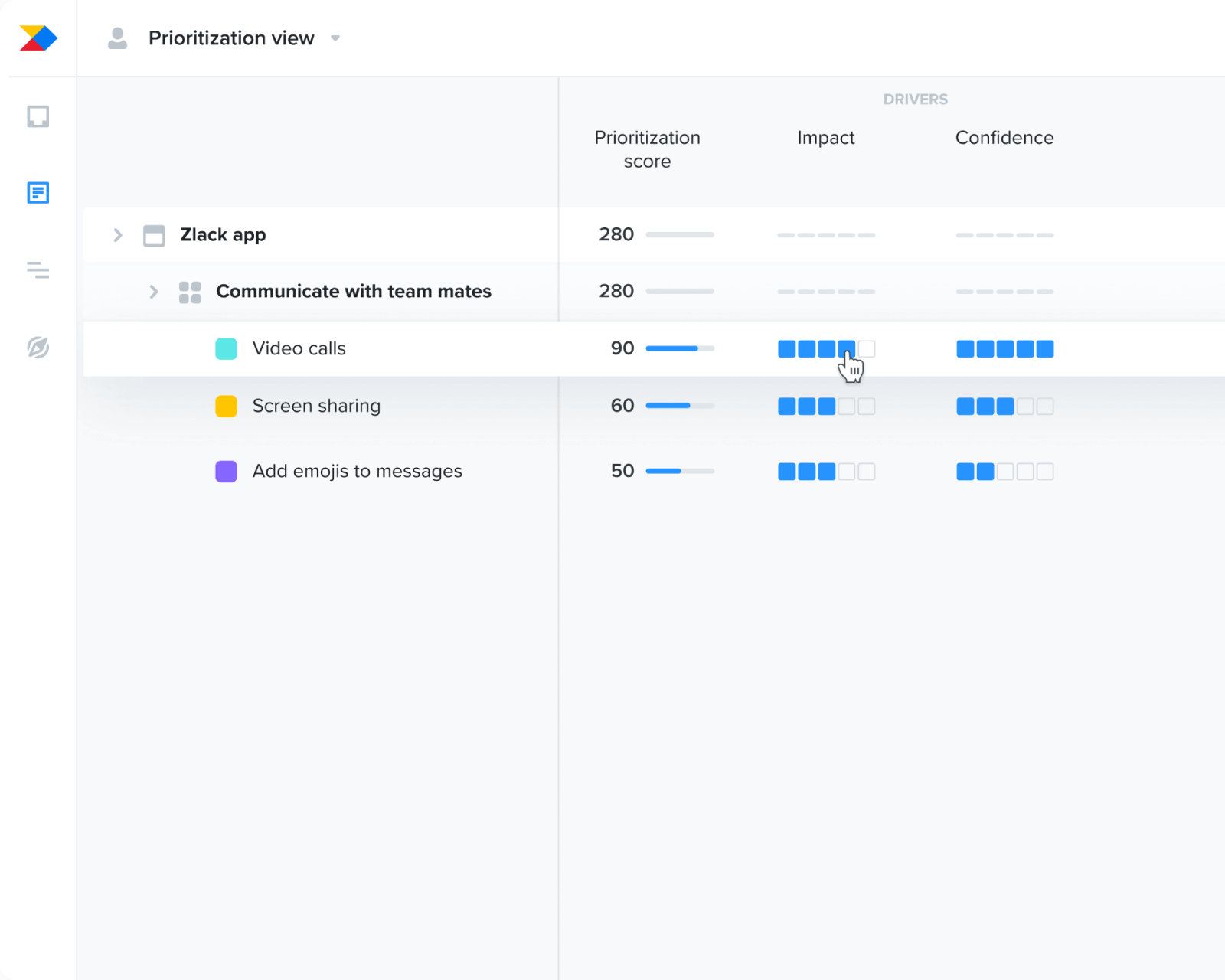
The most appealing part of Productboard is the ability to centralize feedback. That means connecting your Zendesk, Intercom, emails, social media inboxes, and all other types of product feedback into a single Productboard repository. After that, it gets even easier.
You can prioritize and manage your feedback and determine which product features need to be released and what needs to be scrapped. Besides building a backlog, you can also use it to build detailed product roadmaps to show your customers what you have in store for the upcoming months.
When you consider its advanced features, Productboard is not overly expensive. The most affordable plan is $20 per maker per month, but it only gives you access to product feedback collection and roadmaps. To prioritize and plan, you must pay $80 per maker per month for the more expensive plan.
A free trial is available if you want to give it a test drive. Overall, it’s a very capable tool that can get expensive if you have a large number of people on your product team.
Mailgun
Mailgun is a platform dedicated to delivering emails, and they’re one of the best in the business. Unlike Mailchimp or similar competitors, their focus is on transactional emails. If you want to send product emails, you’re going to look beyond the standard tools and go for something built for the purpose.
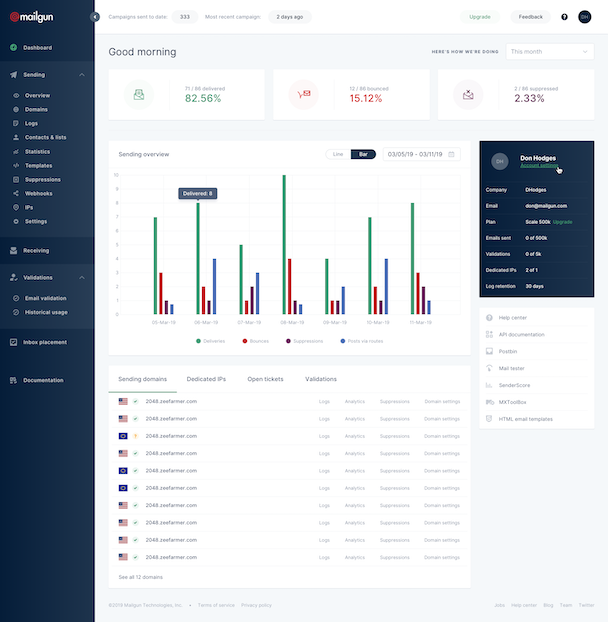
You can use it to send product feedback emails when a certain action happens. For example, when someone tries a new feature in your product, they can get an email asking about their impressions.
The way to do that is fairly simple - just use the Mailgun and Survicate integration so you can get in touch with any person on your mailing list in a few clicks.
Mailgun has a free trial that gets you up to 5,000 emails per month, and paid plans start at $35 monthly with up to 50,000 emails.
Mixpanel
If you want to analyze what people do on your website and in your product, Google Analytics will be the default choice. But for true product research, you need more in-depth insights and don’t want to spend months interpreting the data Google Analytics throws at you.
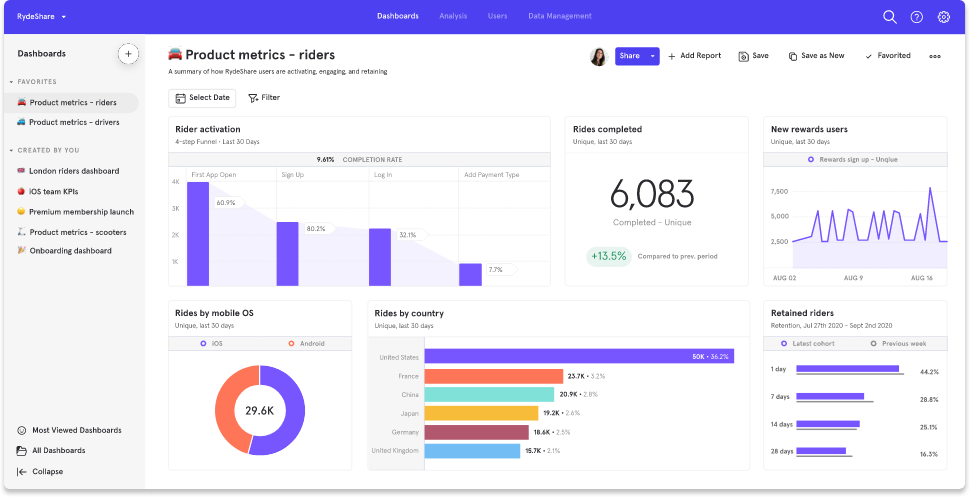
With SaaS products in mind, Mixpanel helps you understand what customers do with your product. You can find out if customers are dropping off the product, where it’s happening, and why. You can use it to uncover how many people use a certain feature or aspect of your product so you can drive better product adoption.
Since your customers are already there, you can find common traits - which customers stick and become power users and which groups are more likely to drop off and churn. You can also integrate Survicate and Mixpanel, so your survey results are sent to Mixpanel as user events, making product feedback collection easier.
You can get a free plan with up to 100k monthly users, but you won’t save your reports. After you've completed your trial, you can go for a paid plan, which starts at $25 per month.
Zapier
Although it’s technically not a product research tool, Zapier allows product feedback from various sources without breaking a sweat. Some of the tools we mentioned above (such as Trello) can be used with Zapier to get feedback from customer-facing tools like Survicate.
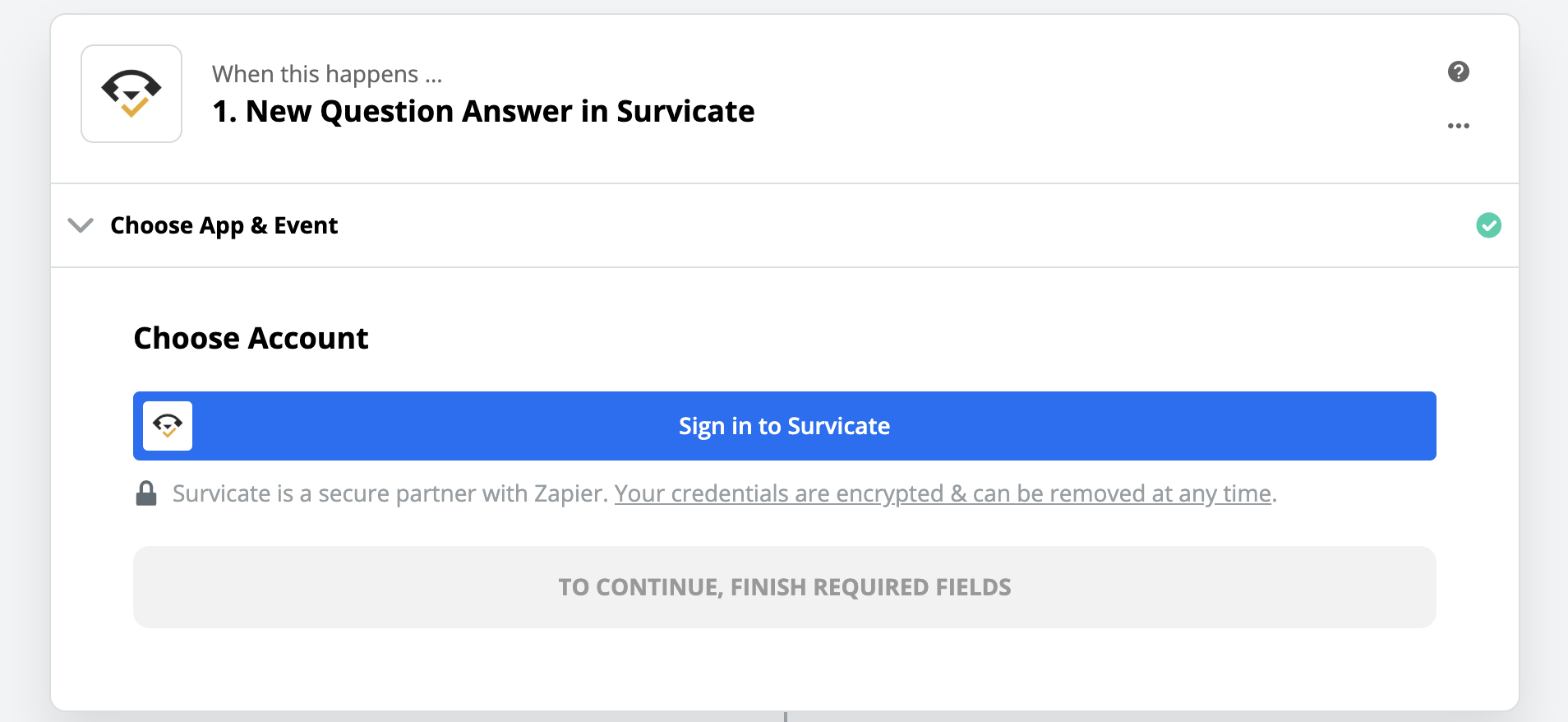
You may have heard about Zapier before, but its main selling point is automation and the ability to connect two or more tools. In short, you can get data from one app to another even if there is no native integration available. You can do this with Survicate too.
The list of things that you can do is practically limitless. A good deal of integrations is already available in Survicate, so a Zapier plan might not be necessary.
However, you can get the basic plan for $19.99 per month, which should be good enough for 750 tasks. How you use the app and collect feedback could be enough to get you started.
Slack
What does the world’s favorite business communication app do with product research? The reason is simple - Slack is a tool most of us use daily and can’t check. While Slack does not do much product research, it’s the ideal place to receive new product feedback.
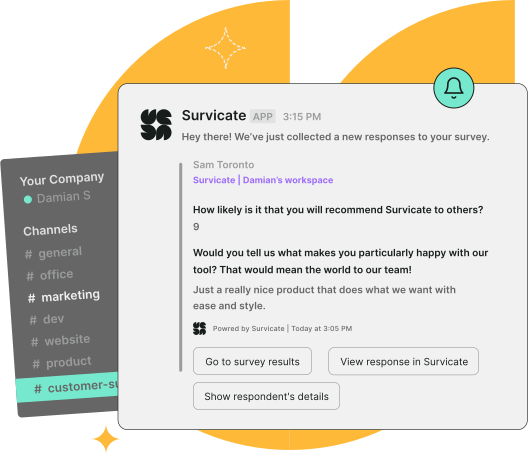
Many product research tools have great Slack integrations, including Survicate. When you run different survey types in our tool, you can choose to send new answers to a dedicated Slack channel. And that’s not all.
You can choose a specific channel you want to receive survey responses. You can select which specific surveys have their answers in this channel, as well as what kind of answers you want to receive. For example, you can only choose to receive detractors from NPS surveys.
Slack has a generous free plan, but you will soon encounter issues as your data stays visible for 90 days only. Paid plans start at $7.25 per user per month, which is very little compared to the value you get - both out of the tool and the integrations.
Jira Service Desk
A part of the Atlassian family of products, Jira is one of the most popular projects management apps today. With the right tools, Jira can be a great resource for product research. If you’re a fan of agile sprint planning, this is the tool your developers and product managers will love.
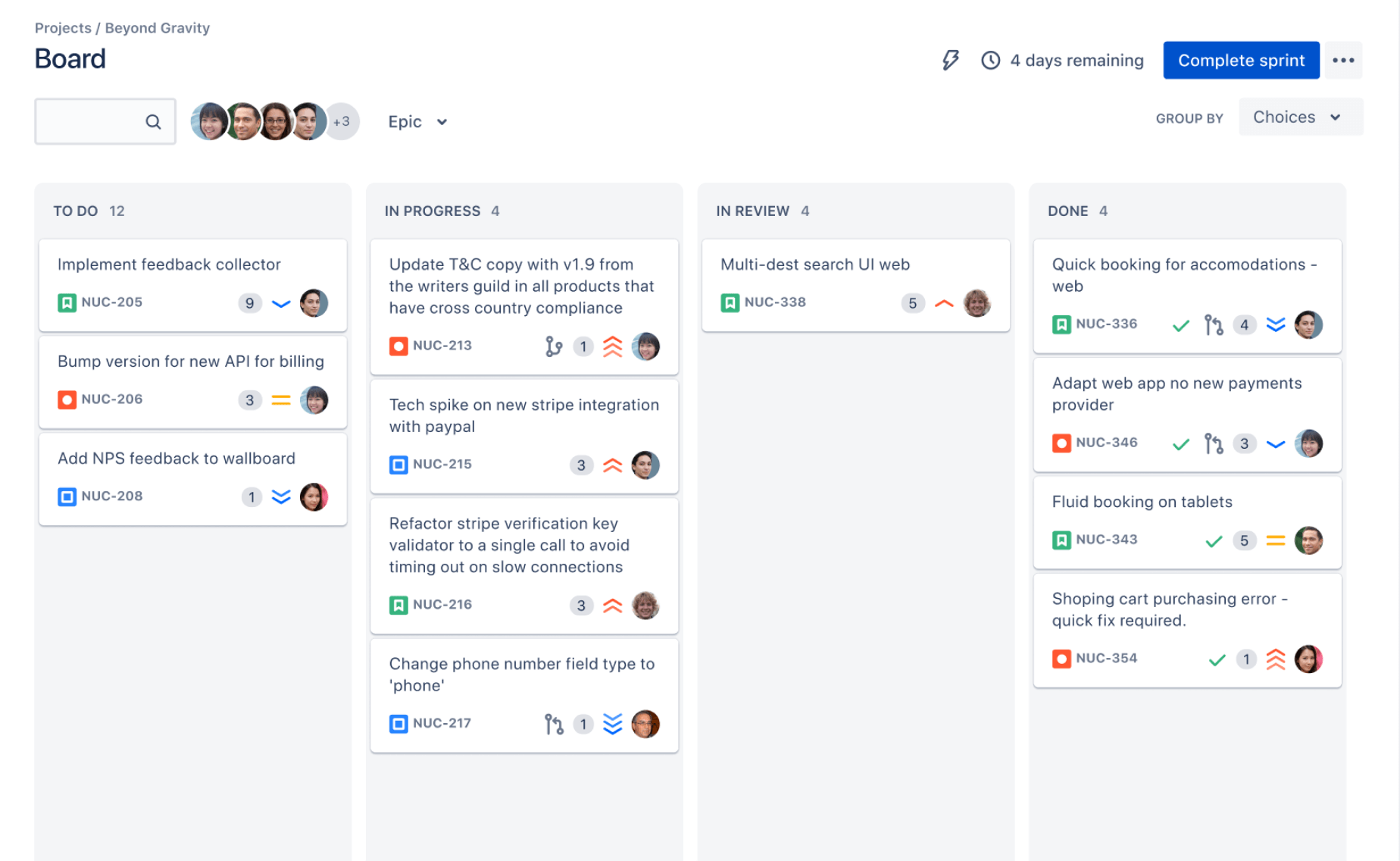
For example, you can connect Survicate and Jira (through Zapier), so new survey responses from your customers come in as requests on a Jira board. Since your best feature requests and bug reports will go to Jira anyways, this is the ideal shortcut for collecting feedback from your most valued customers.
Jira plans start at $7.50 per user, and you’re forced to add 10 users from the very start, which may be too much for your initial needs. A free trial is available too.

Wrapping up
Product research does not have to be a complex and painstaking task. All it takes is a plan and the right set of tools, and with just a fraction of your time, you can collect actionable insights from your customers.
To get there, we suggest giving Survicate a try. Use our surveys to get the product feedback you need today to make smarter decisions tomorrow. Sign up today to get started!

.webp)






.svg)
.svg)
.svg)

.svg)


.svg)







.svg)




.svg)

















.svg)






























.svg)

.svg)
.svg)

.svg)



.svg)





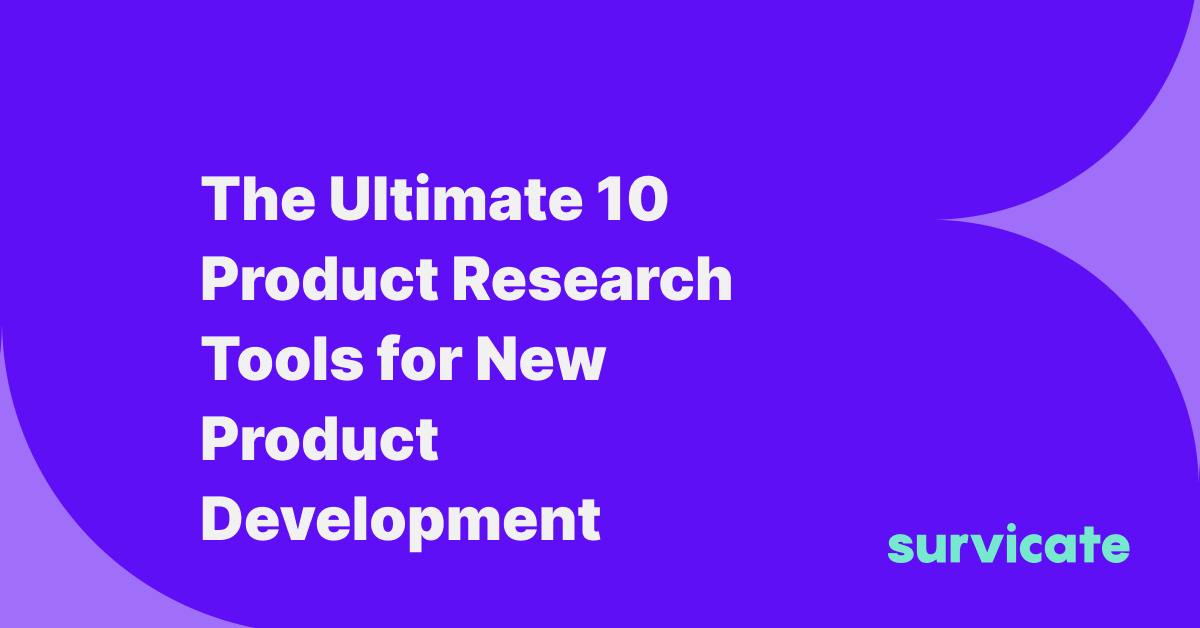

.svg)

.svg)




.png)



